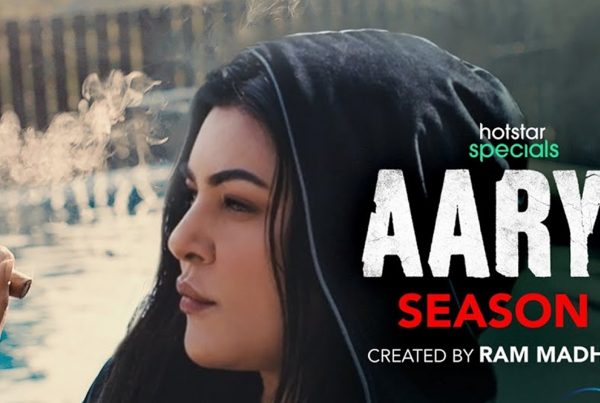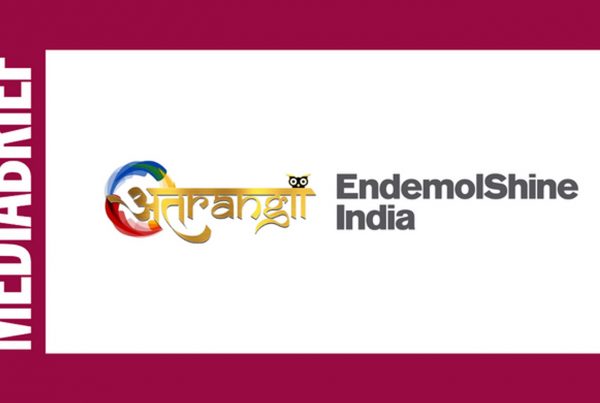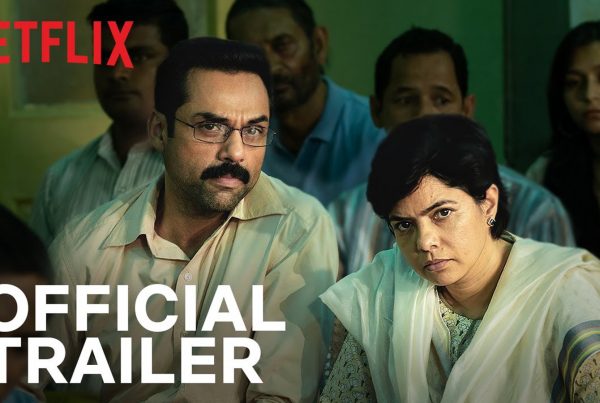MasterChef India, one of the top cooking reality shows, is set to relaunch regional language adaptations ‘MasterChef India – Tamil’ and ‘MasterChef India – Telugu.’
MasterChef India, one of the top cooking reality shows, is set to relaunch regional language adaptations ‘MasterChef India – Tamil’ and ‘MasterChef India – Telugu.’
In conversation with Medianews4u.com, Trevellyn Fynn, Business Head, Endemol Shine, notes, “India is such a vast country that we can’t do justice to all the food that is there and we try very hard in every season to get a lot of cuisines noticed through the contestants, judges and challenges. Over the pandemic, what we have realised is that there are a lot of micro cuisines that have come to the forefront. People are not talking only about Tamil food but they are talking about Chettinad food or Kongunadu food; they are not talking about Telugu food but they are talking about Rayalaseema food. They are going into that much detail. I think going regional will help our food to shine. People will have these discussions more openly and hopefully we can bring in experts through the format who can talk about these cuisines in our format. I think it’s great that we are doing regional because it’s very easy for countries like Italy and Romania to do MasterChef but for India it’s very complicated because no one season can do justice to the food that India has because as they say, every 100 kms the dialect changes and so does the food.”
Going regional has its own challenges and MasterChef faced its own set of hurdles while embracing the Southern adaptations.
“The first problem that we always have when we go into a regional language is that we kind of lose a little control because we don’t speak the language. You have to get local creative directors who understand the language and then you have to spend a lot of time with them to get them to understand the format. Food is extremely complex and MasterChef as a format, apart from it being a food show, it’s also a lot of human stories. So, critical people have to be brought on board who understand that it’s not any other regular reality format where you need ladai-jhagda or hasi-mazak. That is the first challenge – hiring the right people who can take the vision of MasterChef forward,” notes Fynn.
Reflecting on how the show has evolved over the span of eight seasons, Fynn reflects, “The food evolves with the food that’s trending around the world and around the country. When MasterChef first started, we tried to keep it as basic as possible. It was in Season 5 that we went a little urban, we tried to keep the contestants slightly young, urban and the food was more metro-centric. We keep trying and inventing season on season. What we have realised after so many seasons is that people want to see Indian food but they want to see elevated and aspirational Indian food. Our aim is to put aspirational Indian food on the table. A few years back people would say in Indian khana everything is just brown gravies and green gravies. That’s the conversation we want to change. We are telling our audiences that you can innovate, you can become interesting, whether you are a vegetarian or non-vegetarian. So what if you are not getting a certain type of ingredient in your part of the country? You can do everything with whatever you have and innovate.”
In the years that the show has evolved, so have habits of content consumption and this has a bearing on the content.
“This thing is changing on a monthly basis because it’s very complex. Our viewers are used to 30-second reels these days. So if you don’t keep them entertained they are going to go. We have realised that the show should be interesting from start to end, you can’t have a lull period anywhere within the 45 or the 50-minute of the episode because it’s critical to keep your viewer there. A common thing that used to happen was, say, for example, if there was a 9 pm show that was coming on television, certain people would come five minutes late. So your content graph would be slightly in the middle when you started the episode but at the 5th or the 10th minute the graph would go up and then you know you’d lose your viewer at 45 or 50 minutes. You would want to keep the graph up there till then. But now because of OTT, whether a person is watching at 9 or 10 pm, he is going to watch it from the beginning. So we have to ensure as makers that our content is up there and entertaining and engaging right from the first second,” he explains.
The focus on visuals has always been important for the food show, he emphasised.
“So, that’s our primary goal right now and of course keeping it interesting, fresh, current and shooting it in a certain way. If you see MasterChef which was shot five years ago and MasterChef which is shot now, it’s completely different. We have realised that shooting food is extremely important because MasterChef content is a visual meeting. A viewer sitting at home can’t taste the food, s/he can only see the food. So, we have to make sure that it’s completely visual and the person sitting at home should see the food and then enjoy the food when the judge tastes it and explains the flavour. That’s very critical to us,” surmises Fynn.




